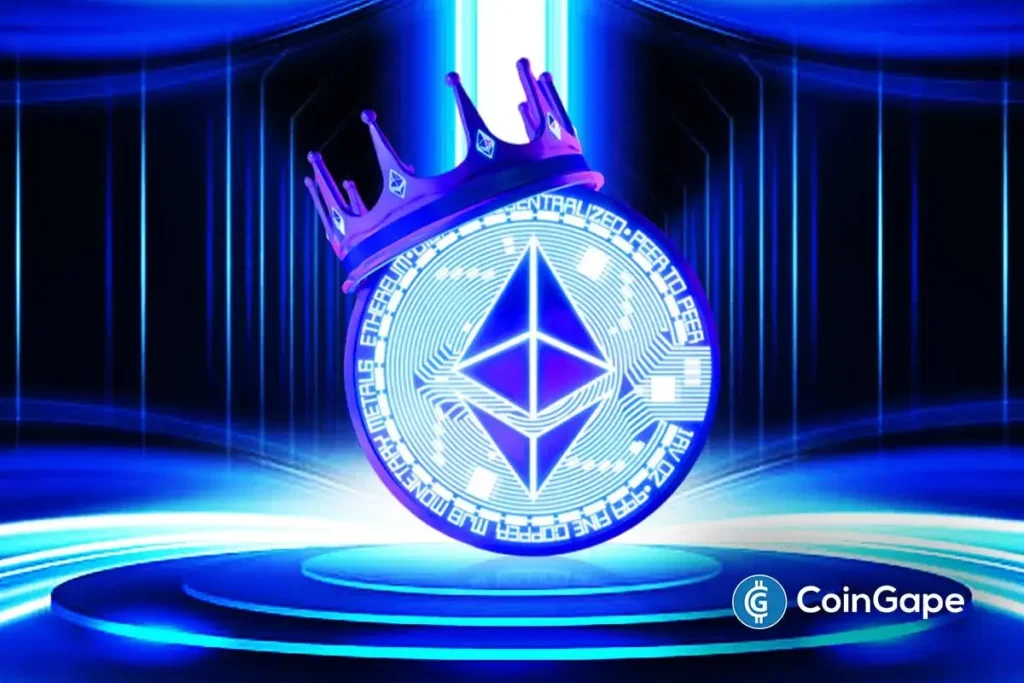Ethereum’s Fusaka Upgrade: A New Era of Efficiency and Scalability
The Ethereum blockchain is set to undergo a significant transformation with the anticipated launch of its Fusaka upgrade in November 2023. This upgrade promises enhanced efficiency and scalability, crucial for the growing demands of the network. As preparations ramp up, the developers are gearing for the release of Devnet-3, featuring 11 pivotal Ethereum Improvement Proposals (EIPs) that aim to facilitate this transition into a more efficient ecosystem.
Timeline and Expectations for the Fusaka Upgrade
The Fusaka mainnet is expected to launch in early November 2023, following public testnet upgrades commencing in late September. This timeline is designed to create a smooth and reliable user experience. Developers aim to ensure the readiness of client teams ahead of the mainnet launch, but some experts question the feasibility of sticking to this timeline. Concerns have been raised that tight schedules could compromise thorough testing and implementation effectiveness, especially in ensuring all improvements are ready for launch.
Despite these apprehensions, the community remains excited about Fusaka’s potential. Previous upgrades, such as Pectra, have laid the groundwork for significant improvements in transaction efficiency and cost. The latest developments, particularly the focus on making Ethereum operations more efficient, point toward a bright future for blockchain developers and users alike.
Key Features of the Fusaka Upgrade
At the heart of the Fusaka upgrade lies an array of 11 Ethereum Improvement Proposals designed to streamline operations. Among these, EIP-7594 focuses on Peer Data Availability Sampling and EIP-7825 centers on capping transaction gas limits. Additionally, EIP-7951 introduces precompiling support for the secp256r1 curve, while EIP-7939 adds an opcode for counting leading zeros. These proposals not only optimize transactions but also offer developers enhanced tools for building decentralized applications (dApps) on the Ethereum network.
Moreover, modifications have been made to some proposals to ensure they align with community expectations and technical requirements. For instance, the contract code size limit in EIP-7907 has been reduced from 256 KB to 48 KB following thorough discussions among developers, emphasizing the commitment to refining the network’s efficiency.
The Road Ahead: Glamsterdam Upgrade in 2026
Looking further into the Ethereum roadmap, the next substantial upgrade is set to be Glamsterdam, anticipated in 2026. This upgrade aims to introduce enshrined proposer-builder separation (ePBS) and block-level access lists (BALs) as central features. Early discussions among client teams suggest a strong interest in implementing these transformative improvements.
One of the noteworthy proposals under consideration is to reduce block time from 12 seconds to just 6 seconds, which could significantly enhance user experiences in decentralized finance (DeFi) applications. If approved, this upgrade is expected to be introduced through the Glamsterdam hard fork, potentially revolutionizing transaction speeds and efficiency on the blockchain.
The Role of Industry Experts in the Upgrade Process
As the Fusaka upgrade approaches, the Ethereum community has shown a robust engagement with ongoing discussions. Notably, core developer Barnabé Monnot has proposed cutting block time in half to boost DeFi DApp efficiency. Moreover, Ethereum co-founder Vitalik Buterin has discussed plans to increase the gas limit capacity, with around 50% of validators supporting the idea of raising the Layer 1 gas limit from 37.3M to 45M. This collaboration among developers, community members, and validators underscores the collective commitment to evolving the Ethereum network.
The transparency and dialogue surrounding these adjustments have fostered a sense of collective responsibility among participants, ensuring that everyone’s insights contribute to a stable and thriving blockchain ecosystem.
Conclusion: What’s Next for Ethereum’s Community?
As we approach the Fusaka upgrade, the Ethereum community stands at the forefront of a monumental shift in blockchain efficiency and scalability. The innovations and proposals set forth in this upgrade will not only improve current functionalities but will also pave the way for a more versatile and responsive network that can handle increasing demands from users and developers alike.
In conclusion, while the Fusaka upgrade marks a significant leap towards modernization within the Ethereum network, ongoing discussions and future upgrades, such as Glamsterdam in 2026, hint at an exciting future. The collaborative spirit of the Ethereum community provides hope that together, they can overcome challenges and unlock new frontiers in decentralized technology. With the associated advantages, it’s an exhilarating period for Ethereum enthusiasts and users alike.


